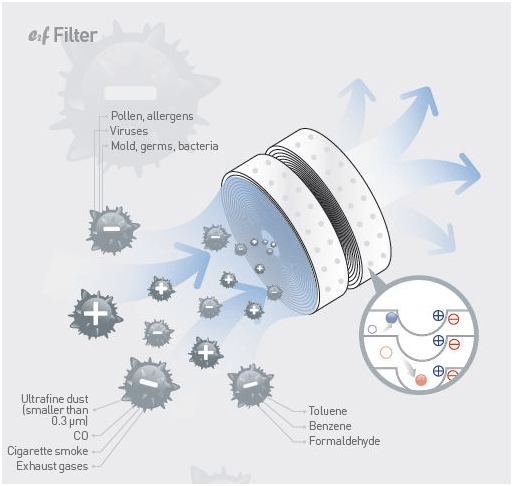The Ultimate Guide To Recognizing Warm Pumps - How Do They Work?
The Ultimate Guide To Recognizing Warm Pumps - How Do They Work?
Blog Article
Short Article Writer-Forrest Raymond
The most effective heat pumps can conserve you substantial quantities of money on power expenses. They can also help in reducing greenhouse gas exhausts, particularly if you make use of electricity instead of nonrenewable fuel sources like gas and heating oil or electric-resistance furnaces.
Heat pumps function significantly the same as ac unit do. This makes them a viable option to traditional electric home heating unit.
Just how They Work
Heatpump cool homes in the summer season and, with a little help from electrical energy or gas, they give a few of your home's home heating in the winter season. They're a great choice for people who intend to decrease their use fossil fuels however aren't all set to change their existing heater and a/c system.
They rely on the physical truth that also in air that appears also chilly, there's still energy present: cozy air is constantly moving, and it wishes to move into cooler, lower-pressure atmospheres like your home.
A lot of ENERGY STAR licensed heatpump run at near their heating or cooling capacity throughout most of the year, minimizing on/off cycling and conserving energy. For the very best efficiency, concentrate on systems with a high SEER and HSPF score.
Read Homepage of the heatpump is the compressor, which is likewise known as an air compressor. This mechanical moving tool makes use of prospective energy from power development to increase the pressure of a gas by reducing its quantity. It is different from a pump because it only services gases and can't collaborate with fluids, as pumps do.
Climatic air goes into the compressor with an inlet shutoff. https://cost-of-replacing-central89444.theisblog.com/29521882/heatpump-vs-heating-system-which-is-the-better-heating-alternative-for-your-home travels around vane-mounted arms with self-adjusting size that divide the inside of the compressor, developing numerous dental caries of differing dimension. The blades's spin forces these dental caries to move in and out of stage with each other, pressing the air.
The compressor attracts the low-temperature, high-pressure refrigerant vapor from the evaporator and compresses it into the hot, pressurized state of a gas. This procedure is duplicated as needed to provide home heating or air conditioning as required. The compressor likewise contains a desuperheater coil that recycles the waste warmth and adds superheat to the refrigerant, altering it from its liquid to vapor state.
The Evaporator
The evaporator in heat pumps does the very same point as it does in fridges and a/c unit, changing fluid refrigerant right into a gaseous vapor that removes warm from the area. Heat pump systems would not work without this important tool.
This part of the system lies inside your home or structure in an indoor air trainer, which can be either a ducted or ductless unit. relevant internet site has an evaporator coil and the compressor that presses the low-pressure vapor from the evaporator to high pressure gas.
Heat pumps absorb ambient warmth from the air, and after that utilize electricity to move that warm to a home or service in heating setting. That makes them a lot extra power efficient than electrical heating systems or heaters, and since they're using tidy electrical power from the grid (and not burning fuel), they additionally produce much fewer discharges. That's why heat pumps are such fantastic environmental options. (And also a significant reason that they're coming to be so preferred.).
The Thermostat.
Heatpump are terrific alternatives for homes in chilly climates, and you can use them in mix with conventional duct-based systems or even go ductless. They're a wonderful alternate to nonrenewable fuel source heating systems or typical electric heating systems, and they're a lot more lasting than oil, gas or nuclear a/c equipment.
Your thermostat is the most vital part of your heatpump system, and it works really in different ways than a traditional thermostat. All mechanical thermostats (all non-electronic ones) work by using substances that alter size with increasing temperature level, like curled bimetallic strips or the expanding wax in a cars and truck radiator shutoff.
These strips consist of two various types of metal, and they're bolted together to develop a bridge that completes an electrical circuit connected to your heating and cooling system. As the strip obtains warmer, one side of the bridge broadens faster than the various other, which causes it to bend and indicate that the heater is needed. When the heat pump remains in heating setting, the reversing shutoff reverses the circulation of cooling agent, to make sure that the outside coil currently functions as an evaporator and the indoor cyndrical tube becomes a condenser.